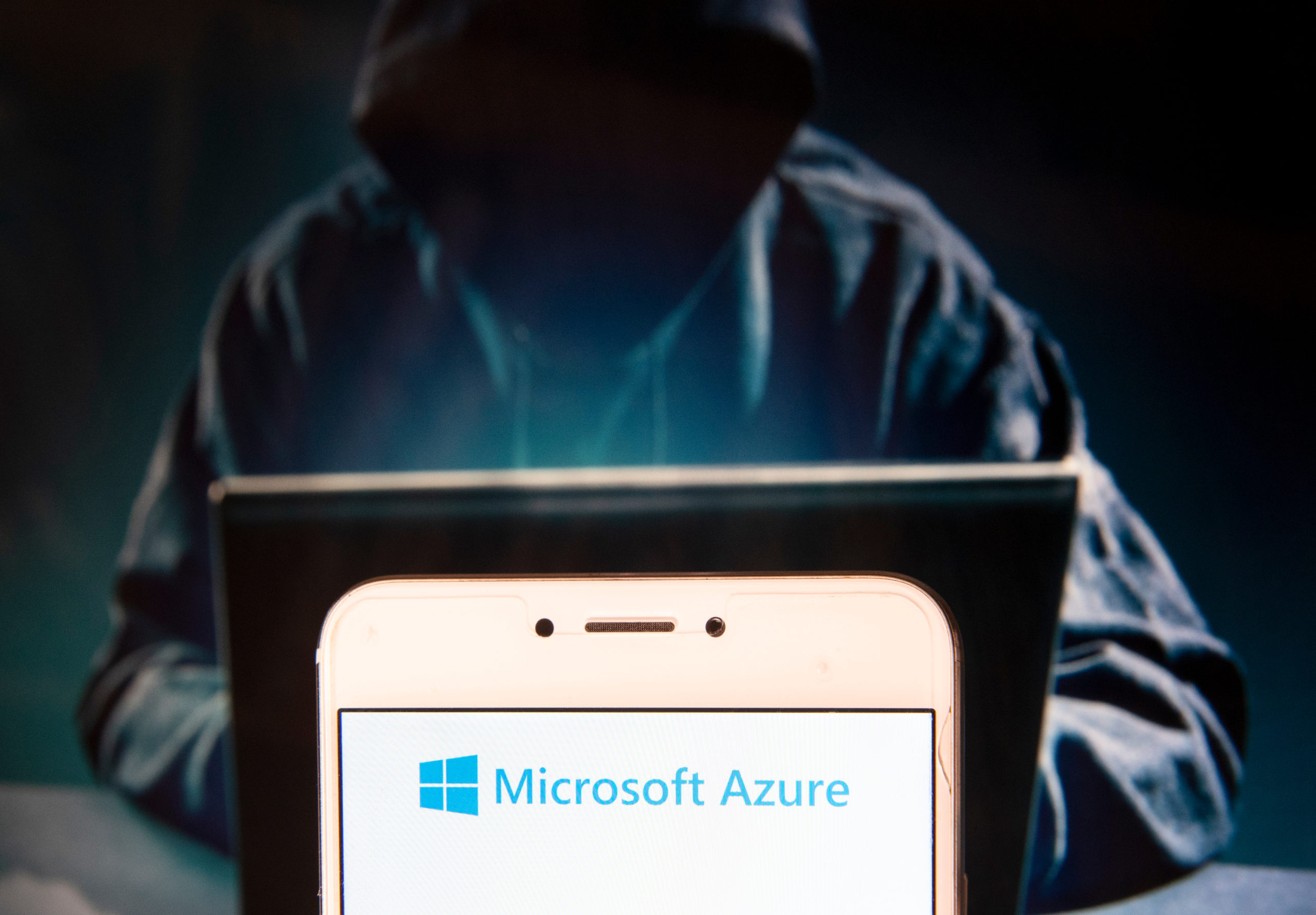Microsoft Cloud App Security continues to impress!
Microsoft Cloud App Security continues to impress our customers and us with its capabilities! I’ll abbreviate it as MCAS, because anyone who works in...
4 min read
Dave Rowe Jun 9, 2021 3:26:29 AM

Microsoft Azure is a solid cloud computing platform for many reasons, not the least of which are its focus on virtual machines and its autoscaling abilities. Both of these features make it easy to develop and deploy applications to the cloud, quickly and seamlessly.
Given these and other benefits, it’s unsurprising that 87% of participants in a 2020 survey by LogicMonitor say they plan to expedite their cloud migration efforts in 2021 and beyond.
Yet, cloud security is a growing concern among both enterprises and SMBs. You may be a stickler for running thorough security management protocols, or maybe you feel there’s still more to be done when it comes to securing your Azure environment.
Whatever the case may be, here are several Azure cloud security best practices to implement so that you can continue to enjoy the benefits of cloud computing, safely and securely.
Microsoft Azure Cloud Security offers impressive benefits, including robust data travel controls and identity and access management (IAM) features. But that doesn’t mean you should rely entirely on a trusted Microsoft Partner like CloudServus to manage security matters. Azure compliance and security should be considered a shared responsibility between you and your Microsoft Partner.
For example, did you know that Microsoft deprecated and removed Baseline Policies from Azure AD in February 2020? Have you or your team had the time to look into the details of how that change may have impacted your Azure cloud security?
While your partner may notify you of changes like this if they’re engaged to support your environment, becoming proactive about policy changes on your own ensures nothing falls through the cracks. One way to be more proactive is to regularly review the Recommendations tab within Azure Security Center. Implement any recommendations you can handle on your own, or contact your Microsoft partner for ongoing monitoring and support.
Monitoring cloud logs can help you detect potentially malicious activity before it becomes a problem. Analyzing those logs can help your DevOps teams to understand any underlying issues in the environment. Yet, not all Azure logs are on by default. As a result, you may not be flowing the right logs or capturing the right objects for your specific operations.
To start, figure out which logs are on and which ones you need to configure. Enable Activity Log storage to help monitor various behaviors and set up relevant alerts. Then, do the following:
That said, be aware that while these activities can be considered security best practices, Microsoft offers plenty of other configuration options, depending on your security setup. Your Microsoft partner should be able to offer guidance, based on your licensing and security posture.
The Azure environment will let you assess host- and network-based vulnerabilities. Some seemingly minor vulnerabilities that can expose your system to brute attacks include opening ports 3389 or 22 in SQL Server to the open internet.
To combat these and other issues, run infrastructure scans using a good vulnerability management tool that lets you see every software component and device on the network. Top tools will also integrate seamlessly with your existing Azure virtual machines. Again, your trusted partner can help recommend, install, and/or configure these tools.
Some Azure essentials, such as Sign In and Audit Logs in Azure Active Directory, are only available if you have a P1 or P2 subscription. Critical security alerts in the Security Center are also available only with Azure Defender.
What that means is that you’ll want to regularly review your security operations to see if your current plan matches the capabilities you need. If, for example, you’re concerned about detecting threats within databases and virtual machines, you may need to upgrade to a different plan.
One of the most challenging security management tasks is successfully detecting, monitoring, and tracking attackers as they move across your system. So once you’ve configured your activity logs and are sure your data is flowing correctly, consider pushing it into an SIEM tool that will improve visibility into your Azure environment.
A good SIEM tool, such as Azure Sentinel, can be used to aggregate data from across Azure, hybrid cloud, and on-premises environments. You can then view your system-wide data in one place so that your team can track threats across the system — whether they’re coming from malicious hackers or from employees using cloud applications without explicit permission from IT.
From there, your IT team can stop any suspicious activity before it causes damage.
Cloud security is still a relatively new concept for many IT teams, especially those that are considering a migration or that have recently migrated to the cloud.
But a lack of attention here can result in real risks. For example, if your team members are unfamiliar with Azure logs and event hubs, they may have a tough time translating the records produced by these systems into actionable insights.
If this is the case for you, working with a Microsoft Partner with proven competencies in Azure Cloud Security services can help address your specific security posture or provide a detailed Azure Cloud Security Checklist to implement. From there, you can decide to handle any threats that are detected internally or to continue to collaborate with your Partner.
Microsoft security has come a long way in recent years. But although Azure incorporates advanced threat detection techniques that can help keep clients’ operations running smoothly, keeping your cloud applications secure isn’t a responsibility you can delegate to Azure alone.
Fortunately, you don’t have to be a seasoned Security Center expert to start strengthening your security posture within Azure. In addition to implementing the tips shared here, partnering with a Microsoft Gold Certified Partner in Azure Cloud Security can help minimize your risk exposure going forward.
To learn more about how CloudServus supports the security needs of Azure users — including our comprehensive Cloud Security Assessment process — reach out to our team of cloud specialists today.

Microsoft Cloud App Security continues to impress our customers and us with its capabilities! I’ll abbreviate it as MCAS, because anyone who works in...

Many businesses often hesitate to modernize their cloud infrastructure due to the significant costs associated with technology and business...

TCRG (The Consolidated Rehab Group), specializing in vocational rehabilitation for military personnel and veterans, partnered CloudServus, a leader...